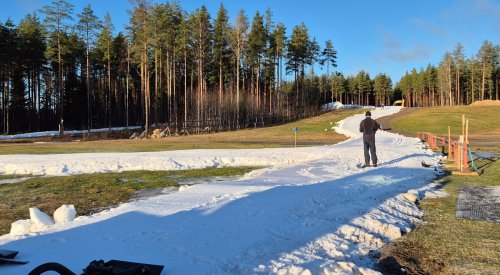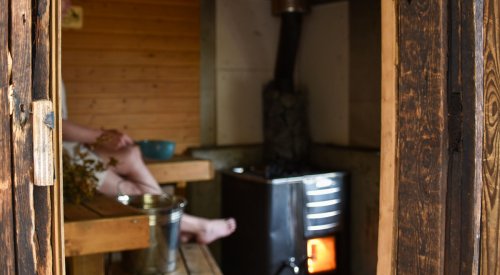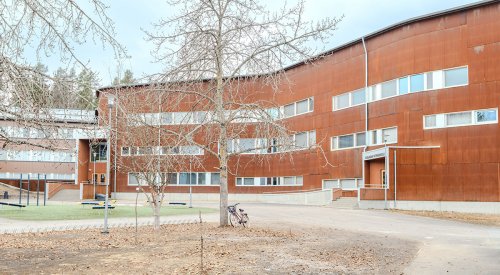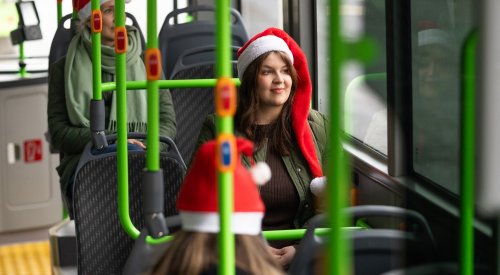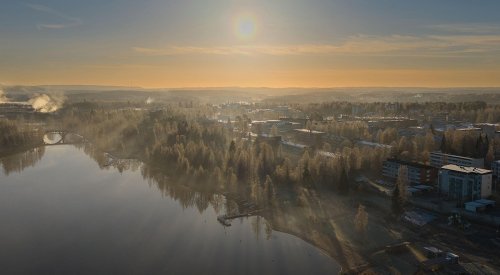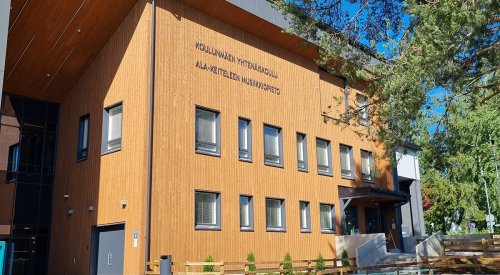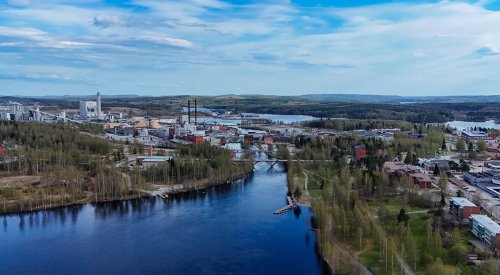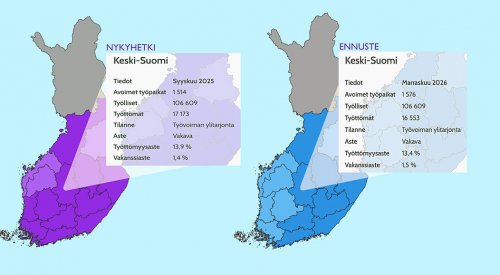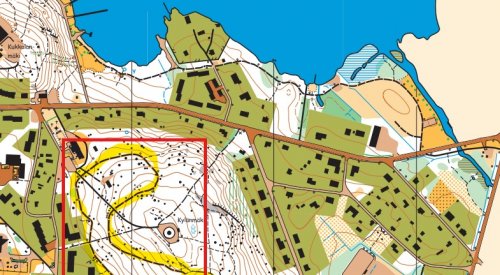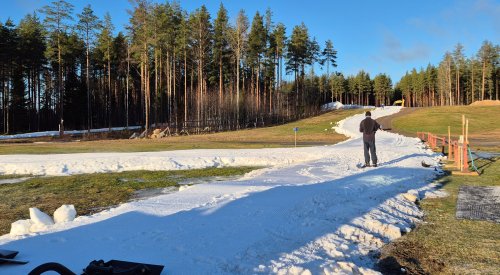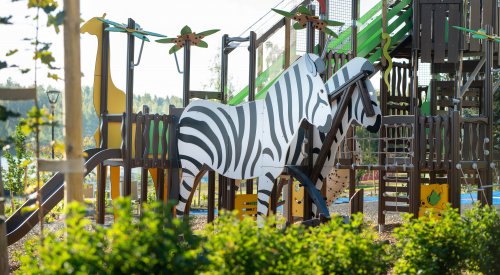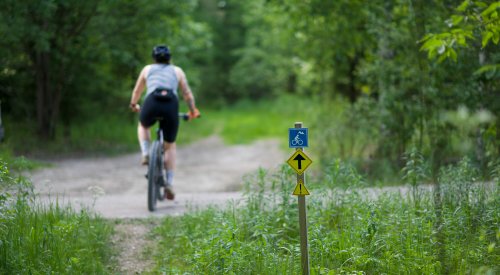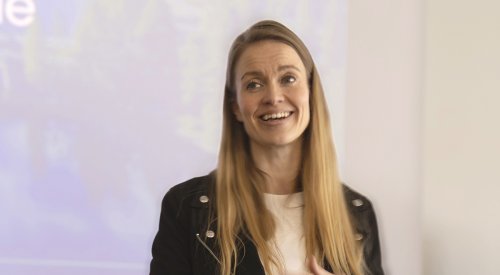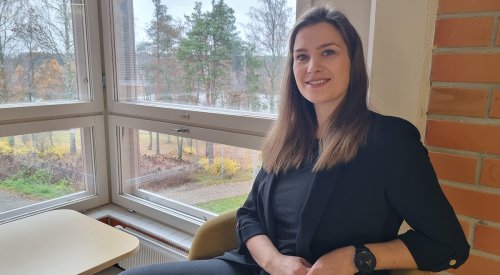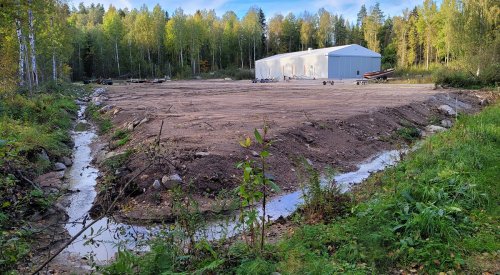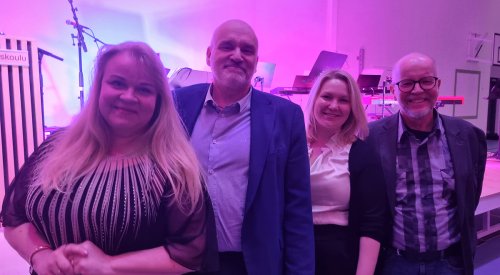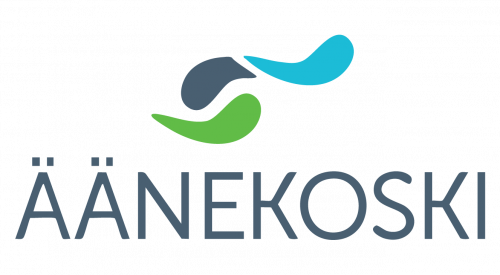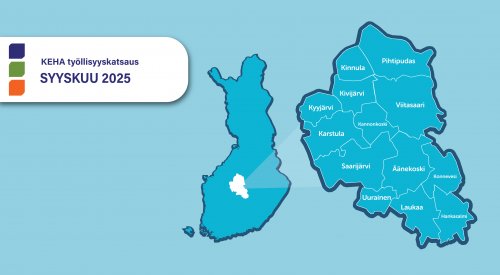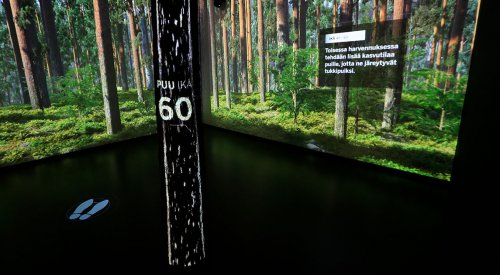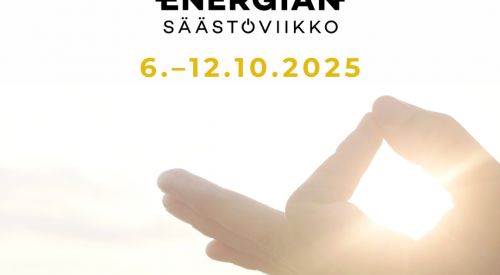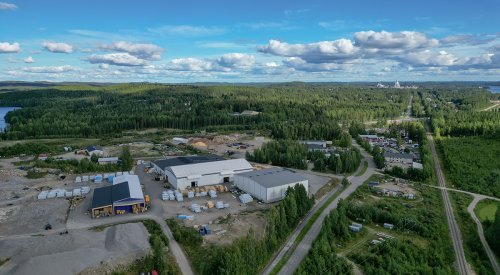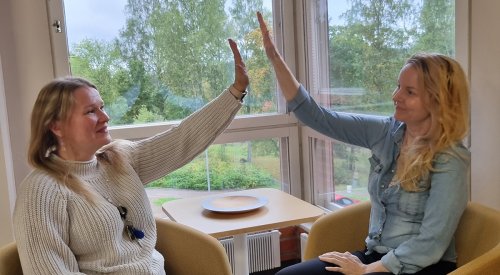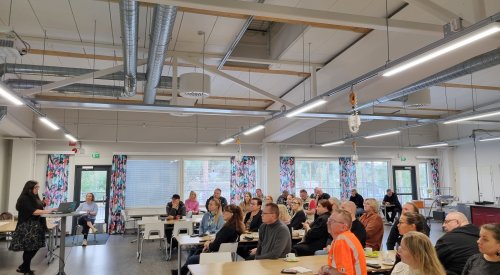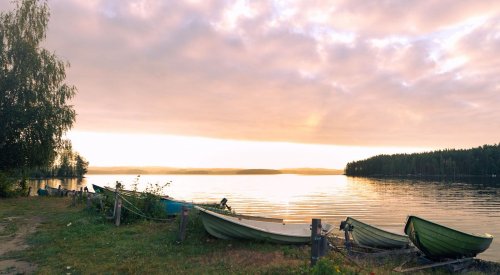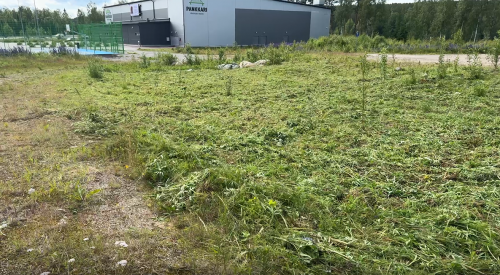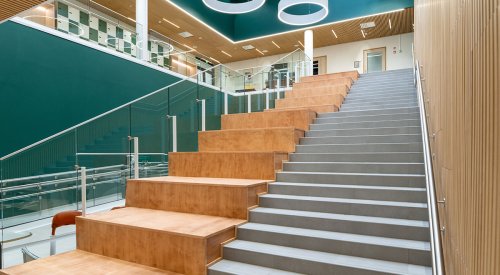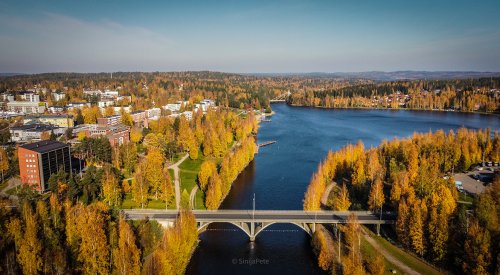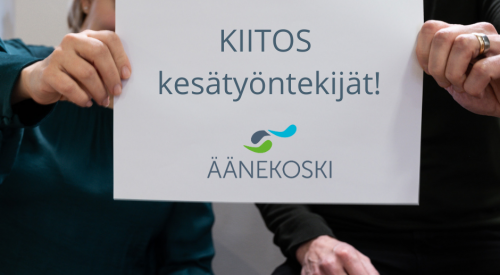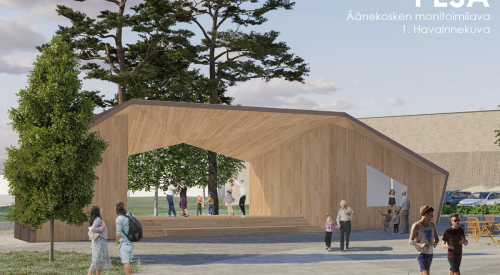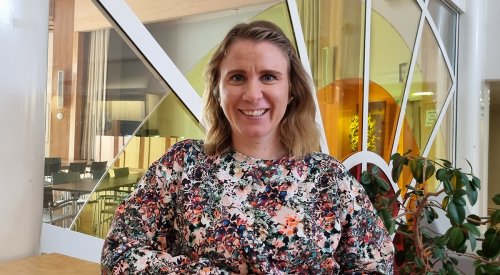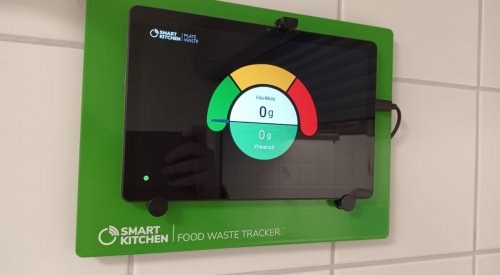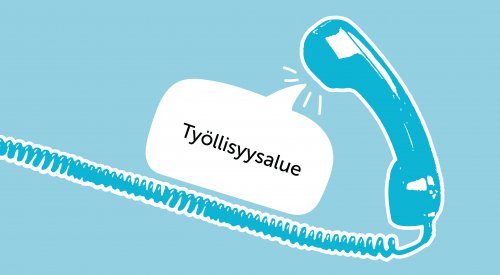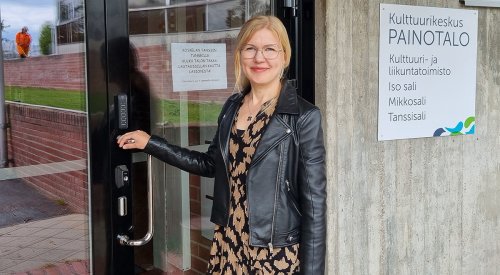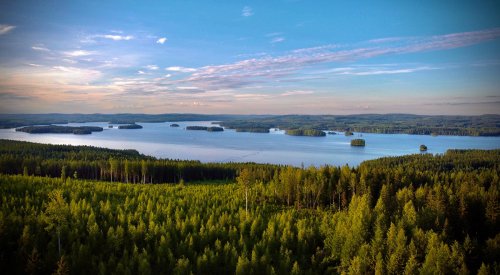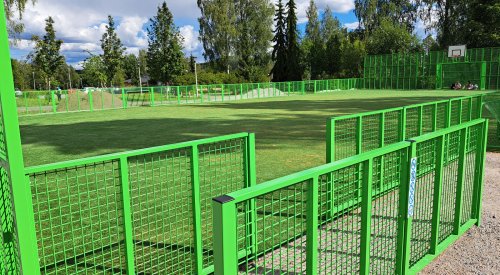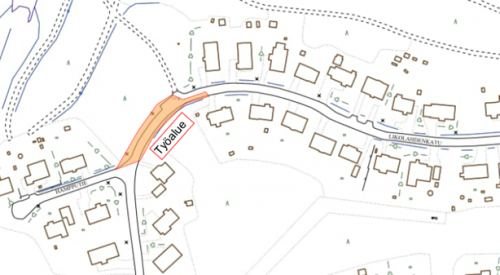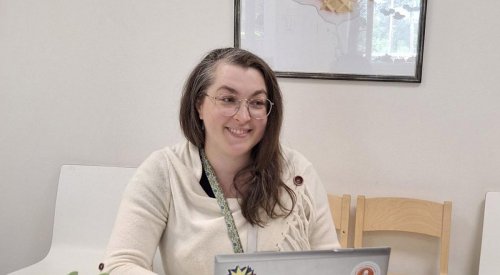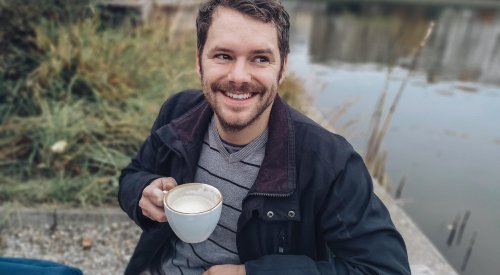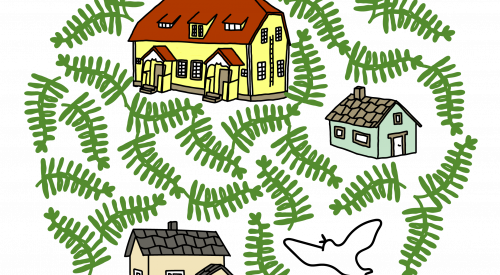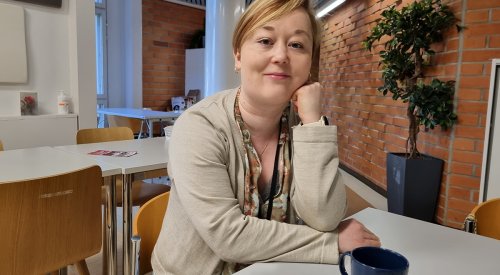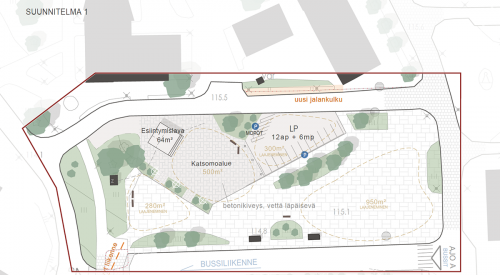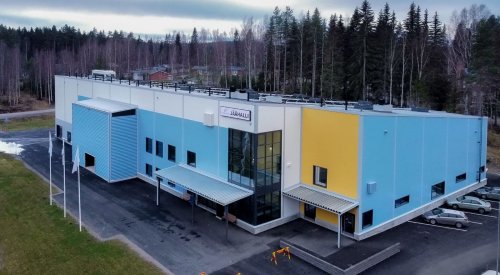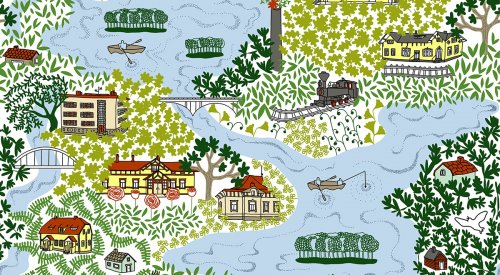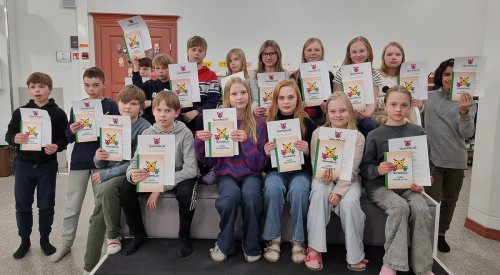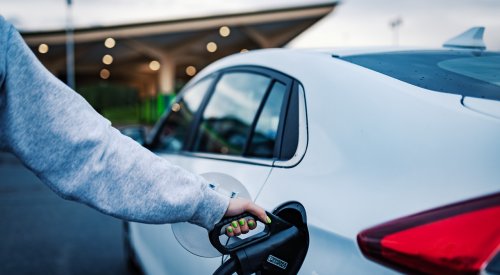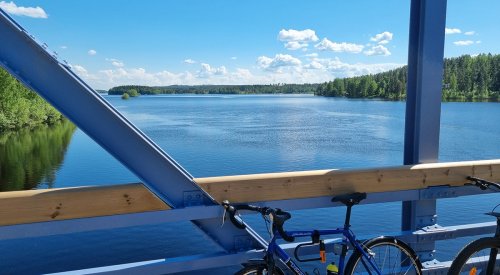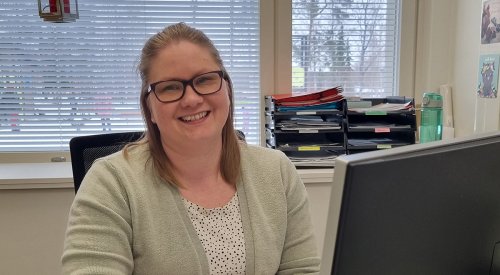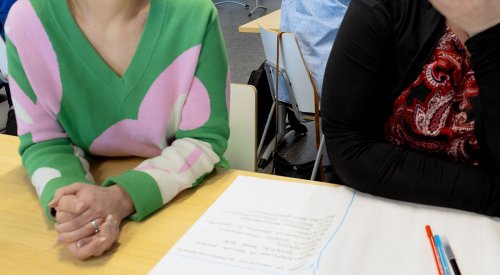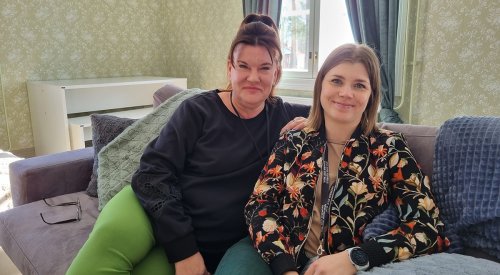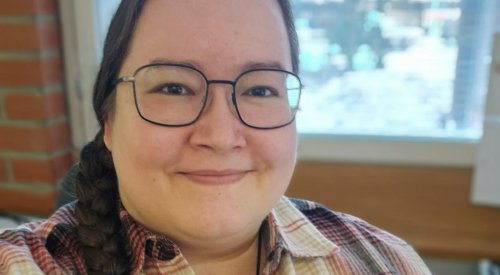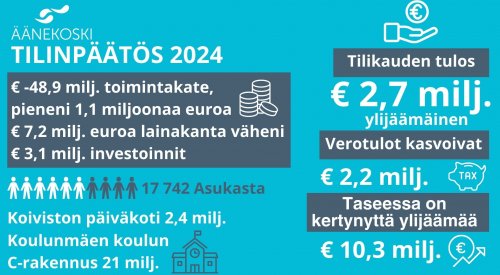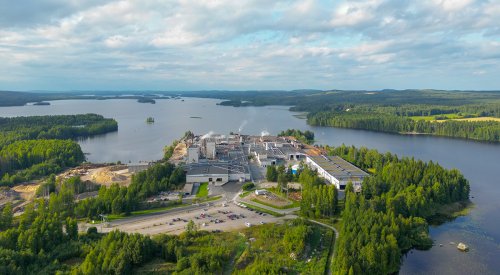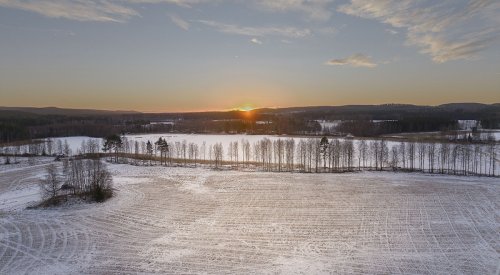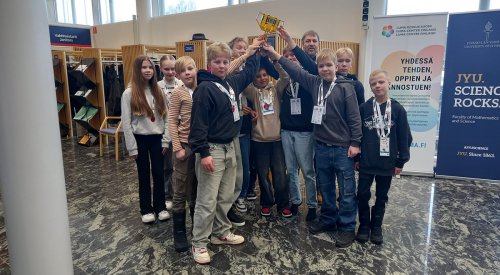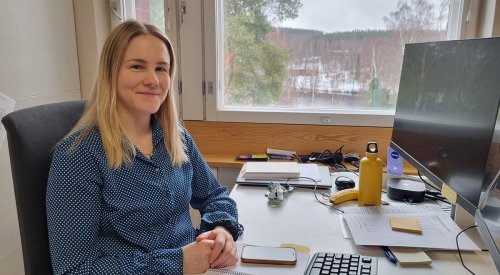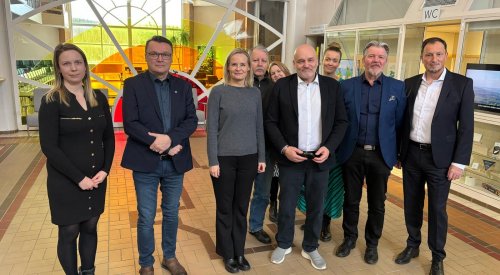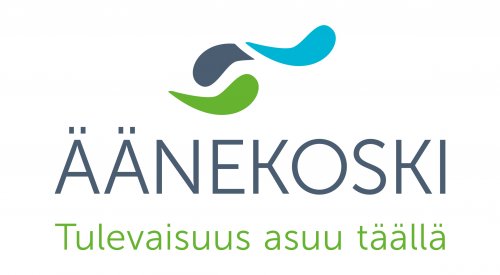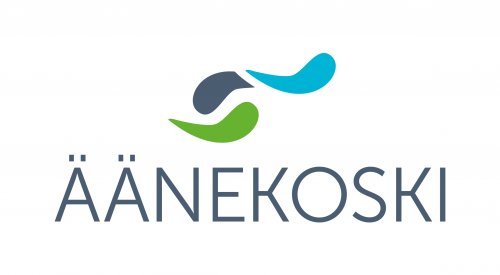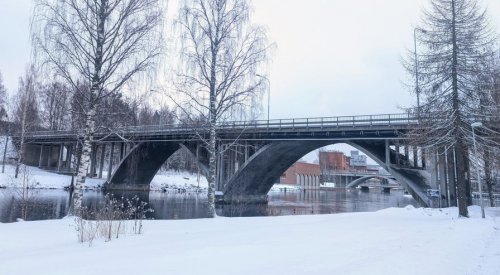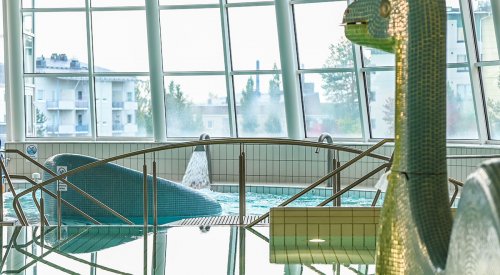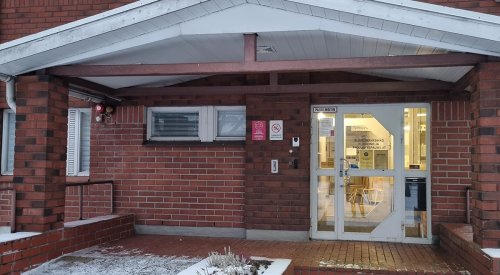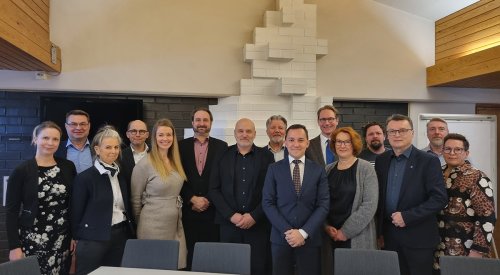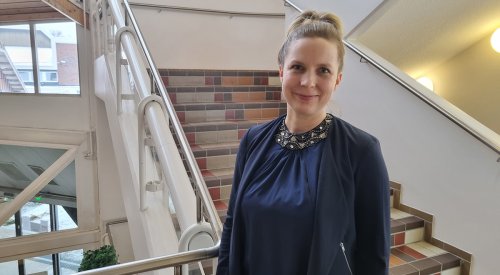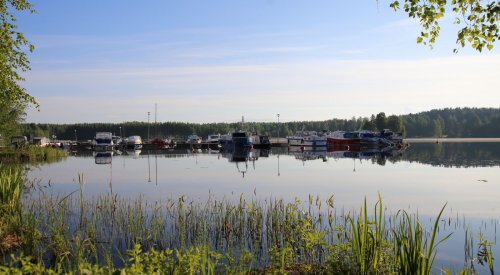Resurssiviisautta on ammennettu alueen yrityksiltä ja toimijoilta
”Äänekoski on kutkuttavassa kohdassa”
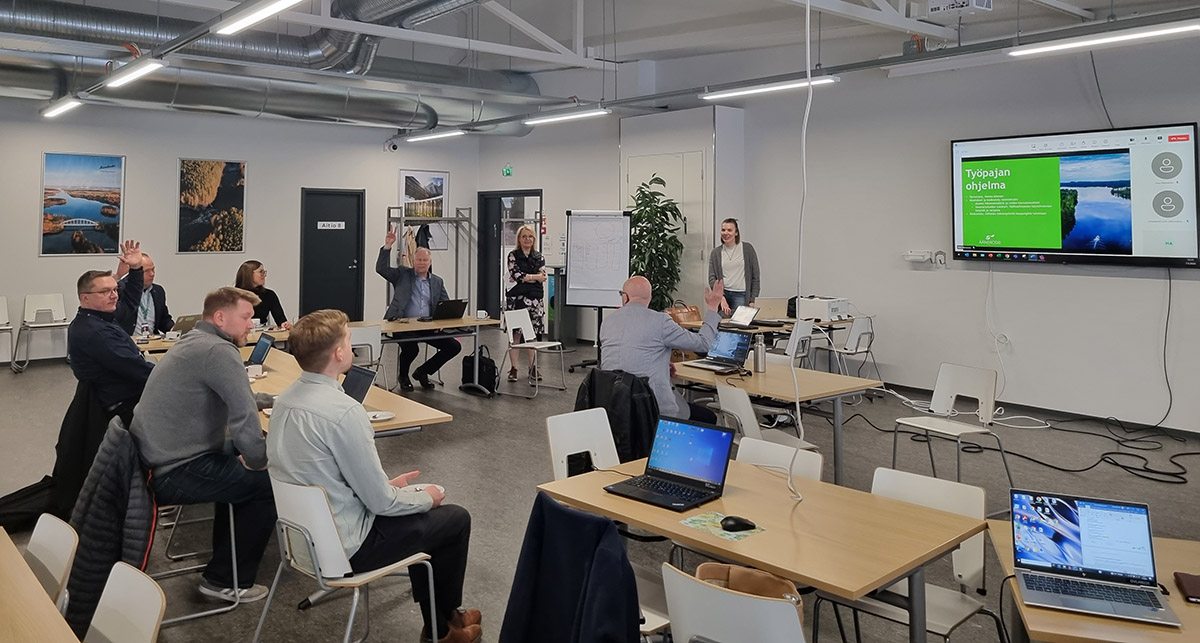
Resurssiviisas Äänekoski - Vähäpäästöinen tieliikenne -hankkeen alustavia tuloksia on jo saatu. Äänekosken kaupunki edistää vähäpäästöistä tieliikennettä alueella vauhdittamalla vaihtoehtoisten käyttövoimien jakeluinfrastruktuurin kehittämistä raskaan liikenteen käyttöön. Hanke on osa Äänekosken kaupungin aktiivista ilmasto- ja ympäristötyötä. Huolehdimme ympäristöstämme niin, että voimme jättää sen tuleville sukupolville parempana.
Vähäpäästöinen tieliikenne -hanke edistää etenkin raskaan liikenteen näkökulmasta uusiutuvien polttoaineiden ja sähkölatausasemien kehittämistä Äänekoskella. Äänekosken sijainti on logistisesti loistava ja uusien jakeluasemien myötä tänne saataisiin ohikulkijat pysähtymään.
Tähän mennessä hankkeessa on toteutettu 16 alueen merkittävän yrityksen ja toimijan haastattelut ja alustavia tuloksia vaihtoehtoisten käyttövoimien kysynnästä ja tarjonnasta on jo koottu. Haastatteluista on saatu paljon arvokasta ja hyödyllistä tietoa tulevaisuuteen. Niitä käytiin läpi 7.5.2024 vuorovaikutteisessa työpajassa, johon oli kutsuttu toimijoita ja kaupungin väkeä.
Hankkeen tavoitteena on kohtauttaa vähäpäästöisten polttoaineiden osalta kysyntä ja tarjonta vahvistamalla sidosryhmien välistä yhteistyötä. On tärkeää, että käyttäjien todelliset tarpeet kuullaan, jotta kehitys menee toivottuun suuntaan. Kaupunki itse ei voi olla jakelubisneksessä toimija, mutta kaupungin rooli on mahdollistaa jakelutoimintaa mm. kaavoituksella, luvituksella ja sopivilla tonteilla.
Kaupungilla on parhaillaan käynnissä sähköautojen latausasemien kilpailutus operattoreille. Tavoitteena on saada jo tämän vuoden aikana lisää sähköautojen latauspisteitä asukkaiden käyttöön Äänekosken eri taajamiin.

Kaasu on tätä päivää, sähkö tulevaisuutta
Työpajassa keskusteltiin paljon siitä, että tässä vaiheessa kehitystä on olemassa muna-kana-ilmiö: jakeluasemia ei ole ennen kuin liikenteessä on enemmän kalustoa, eikä kalustoa taas voi hankkia ennen riittävää jakeluverkostoa. Äänekoski on kuitenkin logistisesti ja muutenkin erinomaisen hyvällä paikalla Keski-Suomessa ja Jyväskylän lähellä, kun ajatellaan raskaan liikenteen jakeluverkostojen kehittämistä.
– Äänekoski on kutkuttavassa kohdassa Jyväskylän lähellä ja etenkin Hirvaskangas on alueena kiinnostava, Aino Mensonen Rambollilta totesi.
Suurin käyttövoimamuutos tapahtuu lähivuosina kaasun käytössä, johon kaupunki voi myötävaikuttaa mm. luvittamalla sopiva alue. Alue tulee olla palveluiden äärellä ja 4-tien varressa täysperävaunullisella rekalla helposti saavutettavissa. Toimijoiden haastatteluissa korostui se, että raskaan liikenteen tankkaus- ja latauspaikkojen yhteydessä tulee ehdottomasti olla palveluja, jotta kuljettajat voivat pitää samalla lakisääteisen taukonsa. Kylmäasemia ei siis kannata perustaa. Liittymän pitää olla myös täysperävaunullisen rekan kannalta helppo ja matka valtatieltä lyhyt.
Haastatteluissa nousi Hirvaskankaan ja Kotakennään alueet varteenotettavina pysähdyspaikkoina.
Käyttövoimana kaasun etu on, että siitä on jo saatu hyviä kokemuksia ja toimijoiden kynnys vaihtaa siihen on matala. Kaasu sopii raskaaseen kuljetukseen ja jakeluasemat ovat julkisia. Kaasun jakeluasemia ei ole kuitenkaan riittävästi ja niitä tulee kehittää.
Työpajassa mukana ollut Valion logistiikkapäällikkö Petteri Laine kertoo, että Valiolla on tällä hetkellä Suomessa kuusi kaasuautoa ja pikkuhiljaa niitä tulee lisää. Valion strateginen tavoite on olla logistiikaltaan hiilineutraali vuonna 2035.
– Olemme menneet nyt kaasu edellä ja sähkö tulee vasta tulevaisuudessa. Tämä on meidän yhteinen asia ja tarvitsemme lisää infraa, jotta vähäpäästöistä kalustoa voidaan hankkia lisää. Haluamme tehdä itsekin yhteistyötä eri toimijoiden kanssa, Laine kertoo.
Äänekosken kaupungin paikallisliikennettä alkaa kesäkuussa ajamaan Linkki-liikenne, jolla on käytössä kaasulla kulkevat linja-autot.
Myös sähkön käyttö tulee kasvamaan tulevaisuuden jakeluliikenteessä, vaikka moni on sen suhteen skeptinen. Sähkön kehitys käyttövoimana on mahdollista myös pidemmillä matkoilla, jolloin latausasema niin lyhytkestoiselle kuin pitkälle lataukselle palveluineen tarvitaan myös 4-tien varteen. Kaupungilta toivotaan myötävaikutusta, jotta sähkökaapelit on vedetty alueelle, vaikka latausinfra kehittyykin markkinalähtöisesti
Diesel toimii raskaalla liikenteellä ja on ylivertainen käyttövoima, mutta sen kehittyminen olisi suotavaa ja vähäpäästöisyys edellyttää uusiutuvien muotojen käyttöä.
Vety ei ole vielä nestemäisenä maaliikenteen polttoaine.
Työpajaan osallistuneet kommentoivat, että hanke on mielenkiintoinen ja kokoaa eri tahoja yhteen. Yhteistyö yritysten, toimijoiden ja myös muiden kaupunkien ja kuntien kanssa on tärkeää.
– Olemme kaikki yhdessä uuden ja tärkeän asian äärellä.
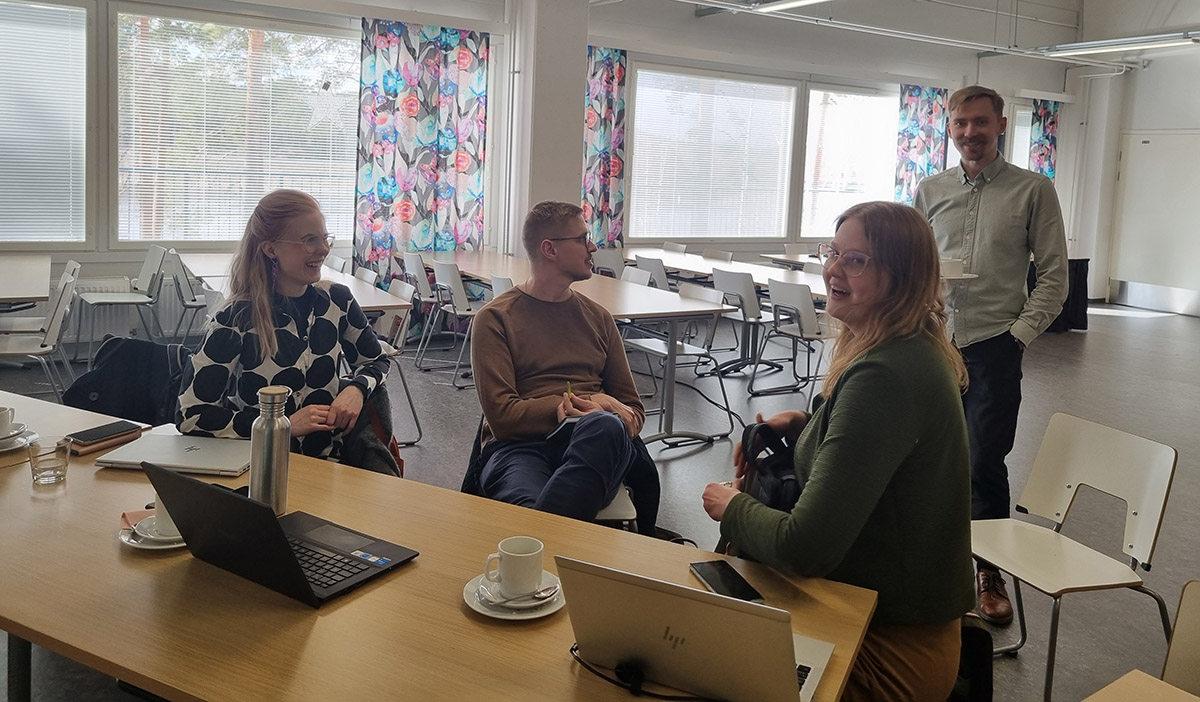
Asukkaat mukaan
Vaikka käynnissä oleva hanke keskittyy raskaaseen liikenteeseen, jakeluverkoston monipuolistumisesta hyötyvät myös yksityisautoilijat. Asukkaille ja kaupungin työntekijöille tehtiin keväällä pienet verkkokyselyt.
Asukaskyselyyn vastasi 171 henkilöä. Vastanneiden autoja liikuttaa eniten bensiini (45 %) sekä diesel (41 %). Ladattavat hybridit kulkevat jo lähes 10 %:lla vastaajista. Sähkön ja kaasun osuus käyttövoimasta on vielä vähäistä ja vastaajista ei löydy yhtään biodieselin käyttäjää.
Vastaajista lähes 70 % valitsisi ajoneuvon, joka käyttäisi vähäpäästöisiä käyttövoimia, mikäli Äänekoskella olisi niitä saatavilla (sähkö, sähköhybridi, biodiesel, kaasu). Suosituimpia valintoja vähäpäästöisistä käyttövoimista olisi kaasu ja ladattava sähköhybridi, molemmat reilulla 30 %:n osuudella. Sähkön valitsisi vastaajista reilu 20 % ja biodieselin reilu 10 %. Kyselyyn vastanneet asukkaat haluavat vähäpäästöisen käyttövoiman jakeluasemia, joista saa kaasua (33 %), biodieseliä (28%) ja sähköä (25%).
Hanke kestää 15.9.2024 asti ja sen toteuttaa kaupunki yhdessä Ramboll Finland Oy:n kanssa.
Lisätietoja:
Ympäristöpäällikkö
Hanna Ahonen
0400 893 683
hanna.ahonen@aanekoski.fi
Uutinen julkaistu , muokattu 16.8.2024 klo 09:37



